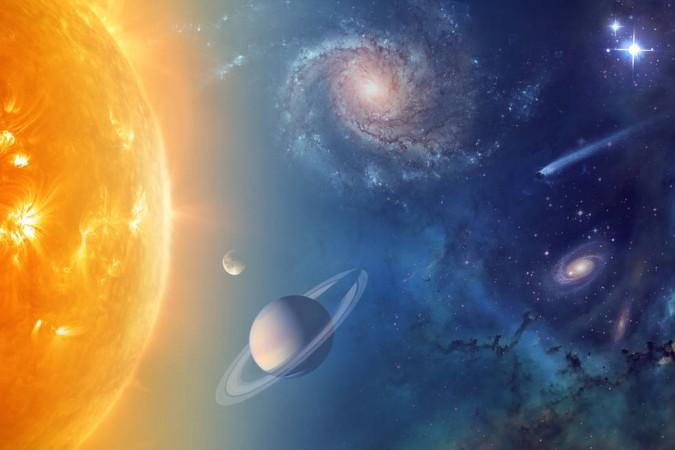
NASA is set to reveal some amazing new discoveries regarding oceans present on planetary bodies in our solar system. The revelations will be made at a conference on Thursday (Arpil 13), NASA announced.
Also Read: NASA's MAVEN spacecraft discovers metal in Mars upper atmosphere
NASA's findings have come from data accumulated by NASA's Cassini spacecraft and the Hubble Space Telescope.
The press conference is scheduled for 1800 GMT (2pm EDT), it will also include a question and answer round between the media and a panel of scientists from the Cassini and Hubble missions, and directorates from the space agency's planetary explorations committee.
"Members of the public can also ask questions during the briefing using #AskNASA," NASA officials wrote in press statement.
A NASA media release said the speakers would include:
- Thomas Zurbuchen, associate administrator, Science Mission Directorate at NASA Headquarters in Washington
- Jim Green, director, Planetary Science Division at NASA Headquarters
- Mary Voytek, astrobiology senior scientist at NASA Headquarters
- Linda Spilker, Cassini project scientist at NASA's Jet Propulsion Laboratory in Pasadena, California
- Hunter Waite, Cassini Ion and Neutral Mass Spectrometer team lead at the Southwest Research Institute (SwRI) in San Antonio
- Chris Glein, Cassini INMS team associate at SwRI
- William Sparks, astronomer with the Space Telescope Science Institute in Baltimore.
"These new discoveries will help inform ocean world exploration — including NASA's upcoming Europa Clipper mission planned for launch in the 2020s — and the broader search for life beyond Earth," the NASA statement read.
NASA's Cassini has been orbiting Saturn since 2004 and has been closely analysing the gas giant and its moons. The mission will end on September 15 when the craft will fall into Saturn in order to prevent its icy moons being contaminated, NASA officials revealed.
The Hubble Space Telescope has provided us with many stunning images of the solar system, planets, and other celestial bodies in the universe while orbiting the Earth since 1990.














